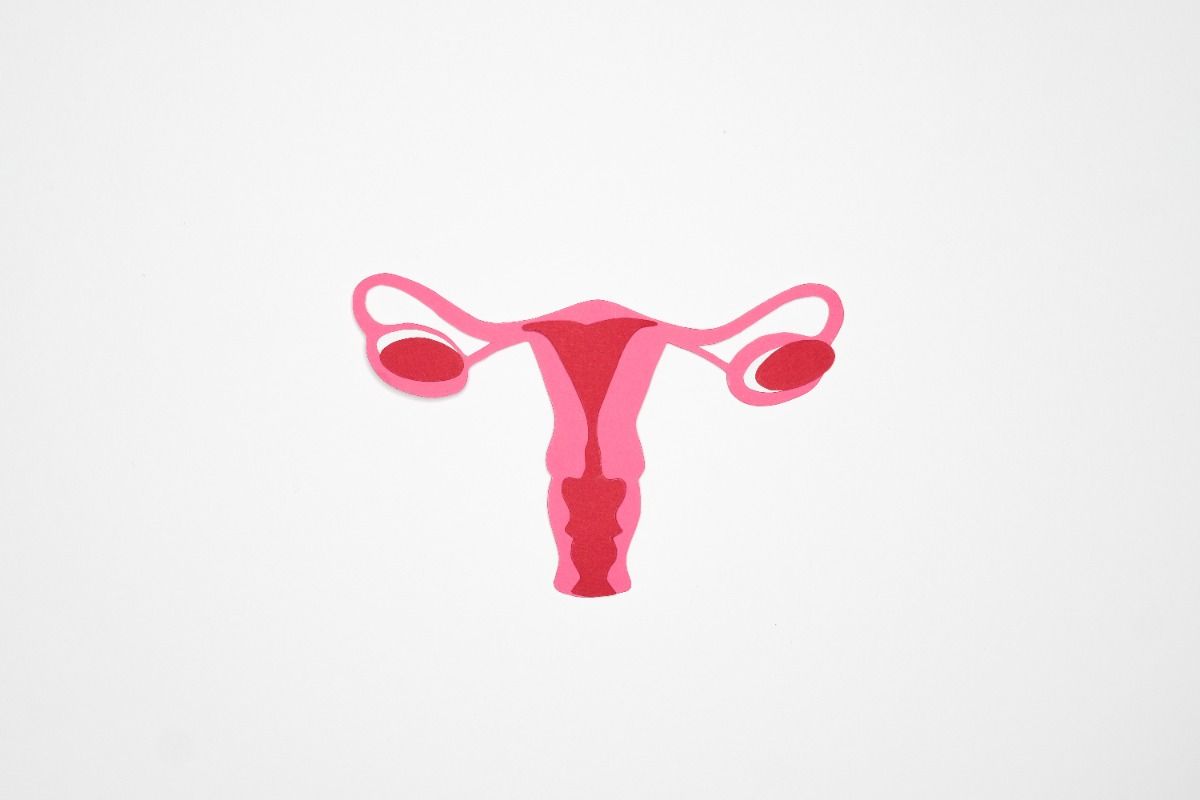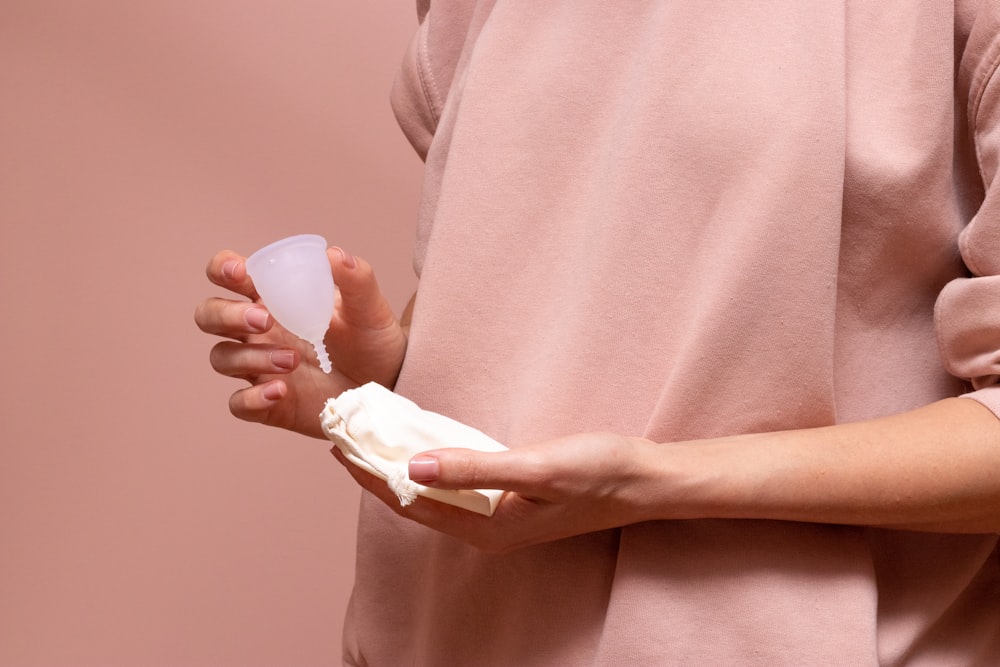
The female reproductive system plays a massive role in a woman’s life. It allows women to enjoy sexual intercourse, release hormones, produce eggs, and conceive a child. According to the CDC, it is vital to understand how the female reproductive system works for your own protection. After all, your reproductive health affects your ability to conceive children. By understanding how it works, you can protect yourself against health hazards and understand your own body better.
Overview of the Female Reproductive System
The female reproductive system serves several different functions. A woman’s ovaries are responsible for producing egg cells, which are scientifically called ova or oocytes. These eggs are eventually transported to the fallopian tube with hair-like particles. If a woman has intercourse with a man, the ovum (a single egg) can be fertilized by his sperm. This fertilized embryo then moves to the uterus, where it stays secure with a thick uterine lining produced by hormones. Once it implants there, it will continue growing and developing for approximately nine months until a newborn baby is born.
However, if implantation does not occur after sex and there is no pregnancy, the uterine lining is shed and comes out as a woman’s period (menstruation). This happens during the woman’s reproductive cycle, which typically occurs approximately every 28 days. Apart from nurturing a newborn baby, the reproductive system is responsible for producing estrogen and progesterone, which are the female sex hormones responsible for a woman’s menstrual cycle, pregnancy, and other functions such as breast development during puberty.
Notably, during menopause, the female reproductive system will gradually cease making these hormones. At this juncture in a woman’s life, the menstrual cycle can become intermittent or irregular until it completely stops. If you have experienced one year of no menstruation, you could be menopausal.

The Unique Female Anatomy
When studying female reproductive anatomy, you must learn about both external and internal structures. We’ll review these below:
External Structures of the Female Reproductive System
The external structures of the female reproductive system are a woman’s genitals. They have a two-fold function. First, they enable the sperm to enter the body via intercourse. Second, these exterior parts proffer protection for the internal genitals from infectious bacteria, viruses, and other organisms. The main parts of the genitals of the female reproductive system are the following:
- Labia Majora: Also known as the large vaginal lips which enclose the area. It does so to safeguard the other external parts. When puberty happens, you can expect pubic hair to grow in the area. They contain sweat and oil-secreting glands that cool, soothe, and protect the area.
- Labia Minora: Referred to as the small vaginal lips, coming in various shapes and sizes. This part lies within the labia majora. It surrounds the opening of the vagina, which is the canal that connects the exterior part of the body to the interior lower part of the uterus. The skin is extremely delicate, making it prone to irritation and swelling.
- Bartholin’s Glands: This can be found on both sides of the vaginal opening. Bartholin’s glands produce mucus secretions to provide natural lubrication and prevent chafing and pain, especially during intercourse.
- Clitoris: The clitoris is a very tiny protrusion that experts say is akin to a penis in males. It is susceptible to stimulation because it is covered by a prepuce or a skin fold similar to the foreskin of a penis. Since the clitoris helps women enjoy sex and have orgasms, from an evolutionary standpoint, it’s crucial. After all, the enjoyment of sexual intercourse often leads to procreation.
Internal Structures of the Female Reproductive System
The internal reproductive organs cannot be seen by your naked eyes. But you can typically feel them during intercourse, when you insert a tampon, or during your annual pap testor pelvic exam. These internal reproductive organs are the following:
- Vagina: Another name for this is the birth canal. It lives up to its name because the baby will pass through it during birth. It is a canal connecting the lower part of the uterus or cervix to the outside of the body. Notably, the vaginal canal also allows sperm to enter via sex or menstrual blood to exit when there is no egg fertilization.
- Uterus: This is the womb or the hollow, pear-shaped organ that serves as the vessel for a developing fetus. It is divided into the lower part or cervix, and the main body is called the corpus. The latter readily expands to accommodate a growing baby.
- Ovaries: These oval glands can be found on both sides of the uterus. These small glands are responsible for producing female sex hormones and eggs.
- Fallopian Tubes: These narrow tubes connect to the top part of the uterus. It provides a pathway for the egg to travel from the ovaries to the uterus. The sperm also typically fertilizes the egg in this area. The embryo then moves to the uterus, where implantation occurs in the uterine lining.

The Female’s Menstrual Cycle
Menstruation is an integral component of the female reproductive system. This is because a woman’s menstrual cycle prepares a woman’s body for potential pregnancy. Any female who has begun their menstrual cycle can get pregnant if they have unprotected sex.
Most females start menstruating from the age of 11 – 16 years old. This means that even a child could hypothetically get pregnant, if they’ve started menstruating. Birth control measures must be put in place for any females who do not want to get pregnant, but are having sex.
As mentioned, the menstrual cycle occurs each month to prepare a woman’s body for a possible pregnancy. When a pregnancy does not occur, the periodic shedding of the uterine lining occurs, which is what menstruation is. When the uterine lining exits the body each month, there’s blood. Most women refer to this as their “period”.
This happens because if fertilization of an egg does not occur, the egg passes through the uterus. Since there is no pregnancy, the uterine lining sheds.
The Menstrual Cycle’s Role in Family Planning
When it comes to family planning, the consistency of a woman’s menstrual cycle is helpful. This is because in terms of female reproductive system physiology, the ovulation phase of the menstrual cycle helps a woman determine when she could plan to potentially get pregnant.
Approximately 2 weeks after a woman’s period begins, she’s in her ovulation phase and could potentially get pregnant. This is one of the main reasons why a woman’s menstrual cycle is useful for family planning.
If you want to learn more about family planning, consider taking a DNA test, and getting your partner to take one as well. The two of you can then learn about your genetic makeup, knowing more about which traits and conditions you’re most likely to pass onto your child.







This Post Has One Comment
Comments are closed.